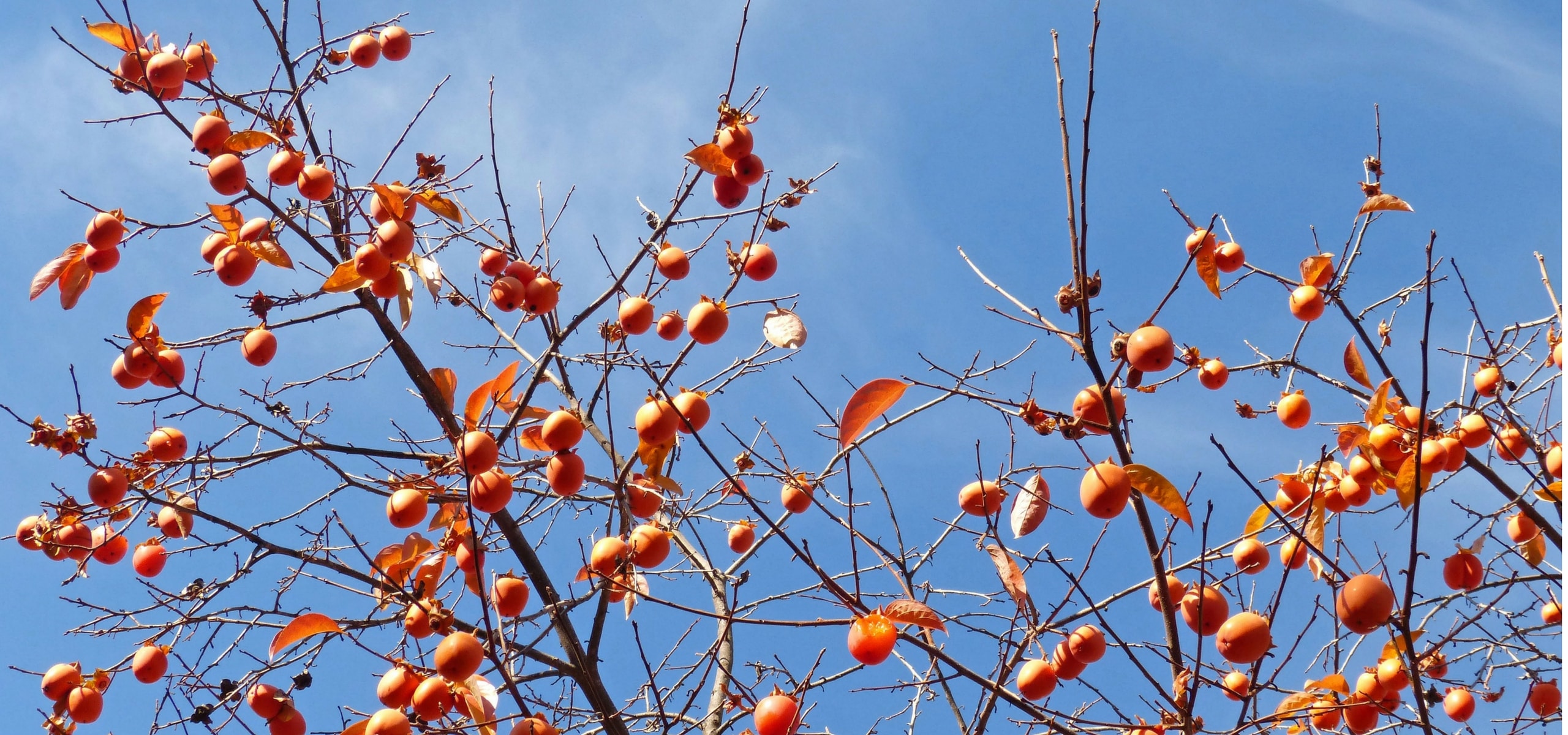
Kaki or persimmon: planting, pruning and maintenance
An ornamental fruit tree with sweet fruits
Contents
The Kaki or Persimmon Tree (Diospyros kaki) is an original, hardy and highly ornamental fruit tree, valued for its orange, very sweet fruits that remain attached to the tree until early winter. The kaki is also very decorative due to its foliage, which takes on stunning autumn hues! Preferring sun and warmth, it is particularly suited to Mediterranean climate, but it has the advantage of being quite hardy (down to -15 to -18 °C), allowing it to be grown in colder regions. Discover all our tips for successfully growing it in the garden, including how to plant and care for it.
Where to plant the Persimmon tree?
In the garden, the Kaki or Persimmon can be found in various locations: in the orchard, isolated on a short grass meadow, or at the back of a flower bed.
The persimmon is a fruit tree that thrives in mild, sunny climates. To plant it, choose a very sunny location, as it requires plenty of light to produce its sweet fruits. Ideally, place it in a sheltered spot from the wind, as its branches can be fragile, especially during the fruiting period. The Chinese Persimmon enjoys all types of soils, preferably with an acidic tendency. The soil must be well-drained, as the kaki does not like excess moisture. A deep soil rich in organic matter is also beneficial for promoting its growth. It can tolerate slightly acidic or neutral soils but prefers light, sandy soils.
The Kaki is a hardy tree that can withstand temperatures down to -18° C, but its cultivation still requires significant heat in summer. It is thus planted in the same areas as the fig tree, olive tree, or almond tree. If you live in a region prone to frosts, be sure to protect the tree in winter, especially during its first few years. With these conditions, your persimmon tree will thrive and provide beautiful harvests in autumn.
When to plant it?
The ideal time to plant it is in autumn, between September and October, when the soil is still warm, promoting good rooting before winter. If you were unable to do so, planting in winter is possible, provided you avoid frost periods. Planting in spring is also an option, but it requires regular watering to compensate for heat and evaporation.

Discover other Persimmon trees - Diospyros
View all →Available in 2 sizes
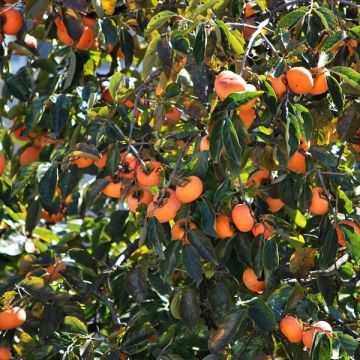
Available in 2 sizes
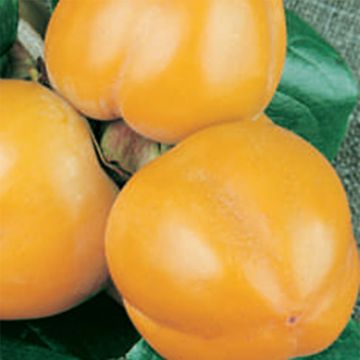
Available in 2 sizes
Available in 1 sizes
Available in 1 sizes
Available in 2 sizes
Available in 1 sizes
Available in 1 sizes
Available in 1 sizes
Available in 1 sizes
How to plant Persimmon?
If you are planting several trees, space them 5 to 7 m apart in all directions.
To plant:
- Soak the root ball in water for a few moments before planting.
- Dig a hole 3 to 4 times larger than the volume of the root ball, ensuring to place the subsoil on one side and the topsoil on the other.
- Mix the subsoil with crushed horn and well-matured compost or potting soil, then pour this mixture into the bottom of the planting hole.
- Install a stake.
- Place the root ball without burying the collar, cover with topsoil, and firm it down well.
- Create a basin around the base and water generously.
- Tie the stake to the young plant, crossing the tie in an 8 shape, without touching the trunk.
Watering should be regular during the first year, then according to needs, especially in case of high temperatures.
Read also
How to plant a fruit tree?How to care for it?
Caring for the persimmon tree is relatively simple, but a few regular maintenance tasks will help it thrive and produce beautiful fruits.
During the first few years, water regularly, especially during dry spells. Once well-rooted, it becomes more drought-resistant, but moderate watering in summer helps produce larger, juicier fruits. Ensure that the soil remains well-drained.
Prune the persimmon tree in late winter or early spring, before new growth begins. Pruning is straightforward and involves removing dead branches and those that cross over each other, allowing air and light to circulate within. Support branches that bear too many fruits if necessary. Fruiting occurs on the wood of the year. Avoid excessive pruning, as this may reduce fruiting.
Every year, at the beginning of spring, apply well-matured compost by scratching it into the surface, taking care not to damage the roots.
As the persimmon tree is not very susceptible to diseases and pests, no treatment is necessary.
In winter, in cold regions, protect young trees from frost with a mulch at the base and, if necessary, a protective cover.
- Subscribe!
- Contents































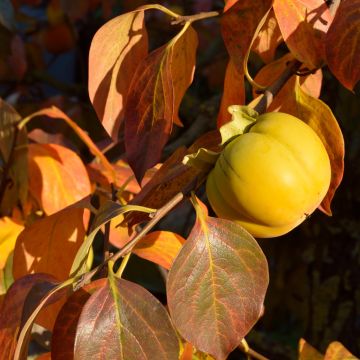
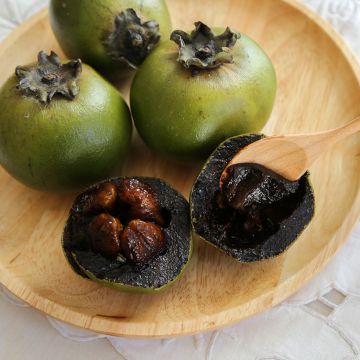
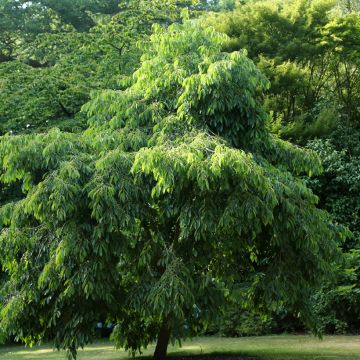
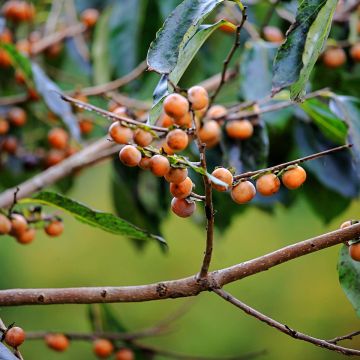
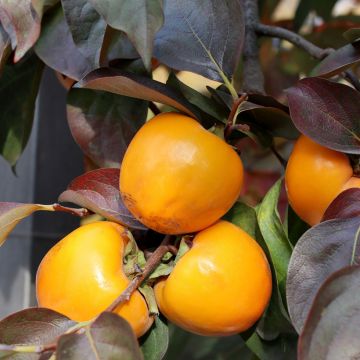
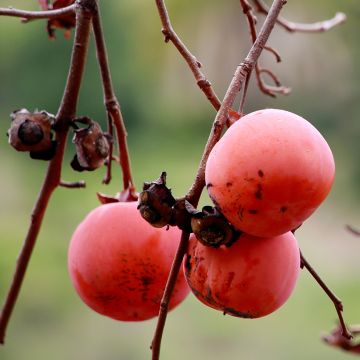
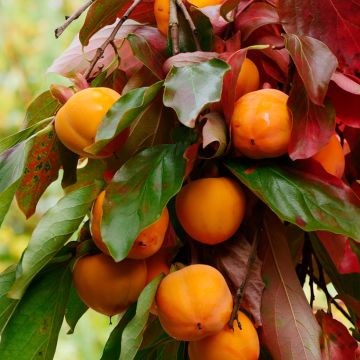
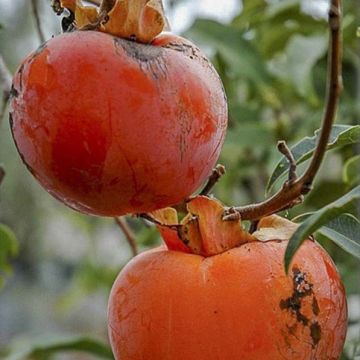
Comments